DISCOVER THE CAMPANIA REGION
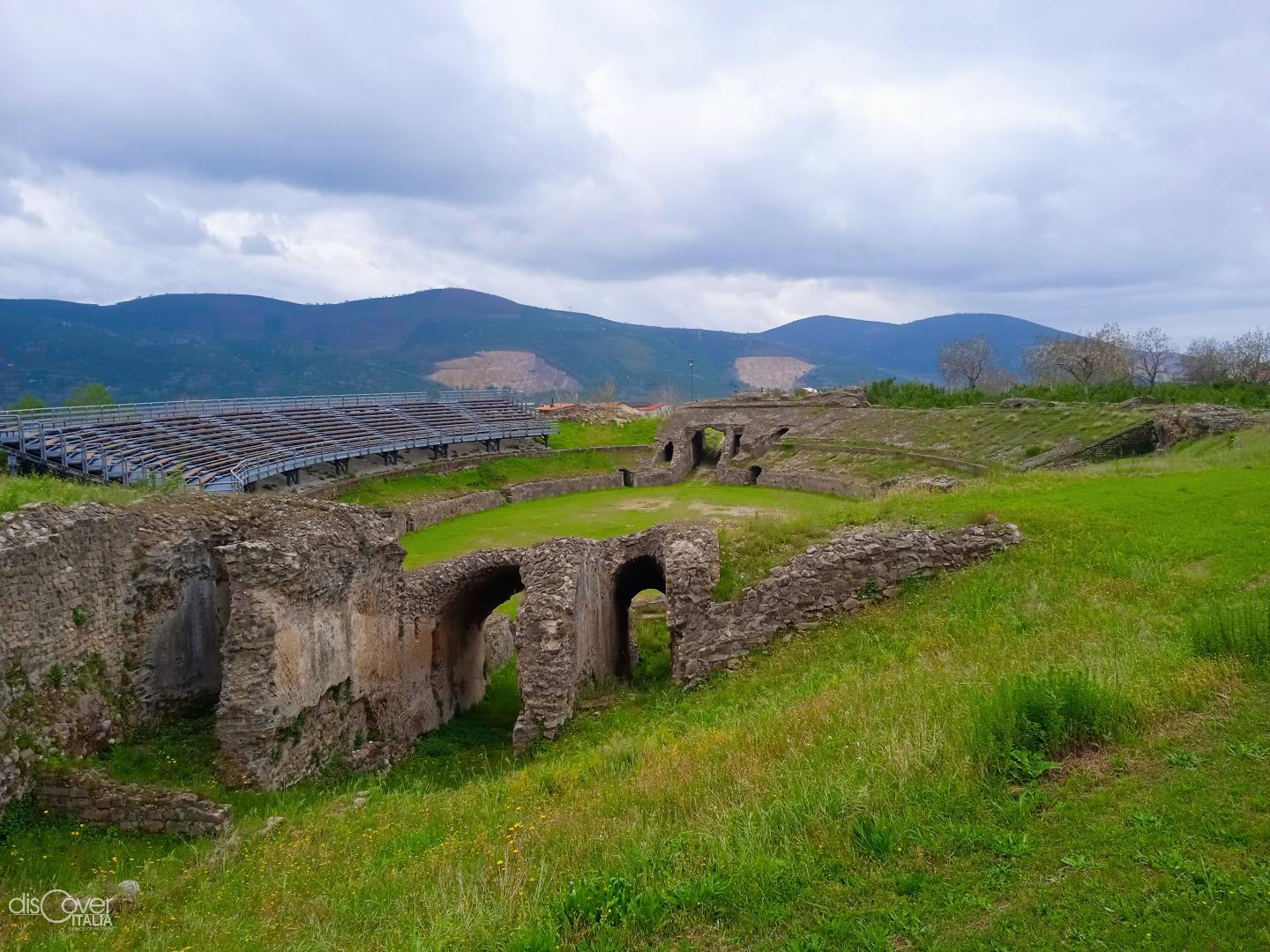
There is one of the oldest amphitheatres built by the Romans, in Avella.
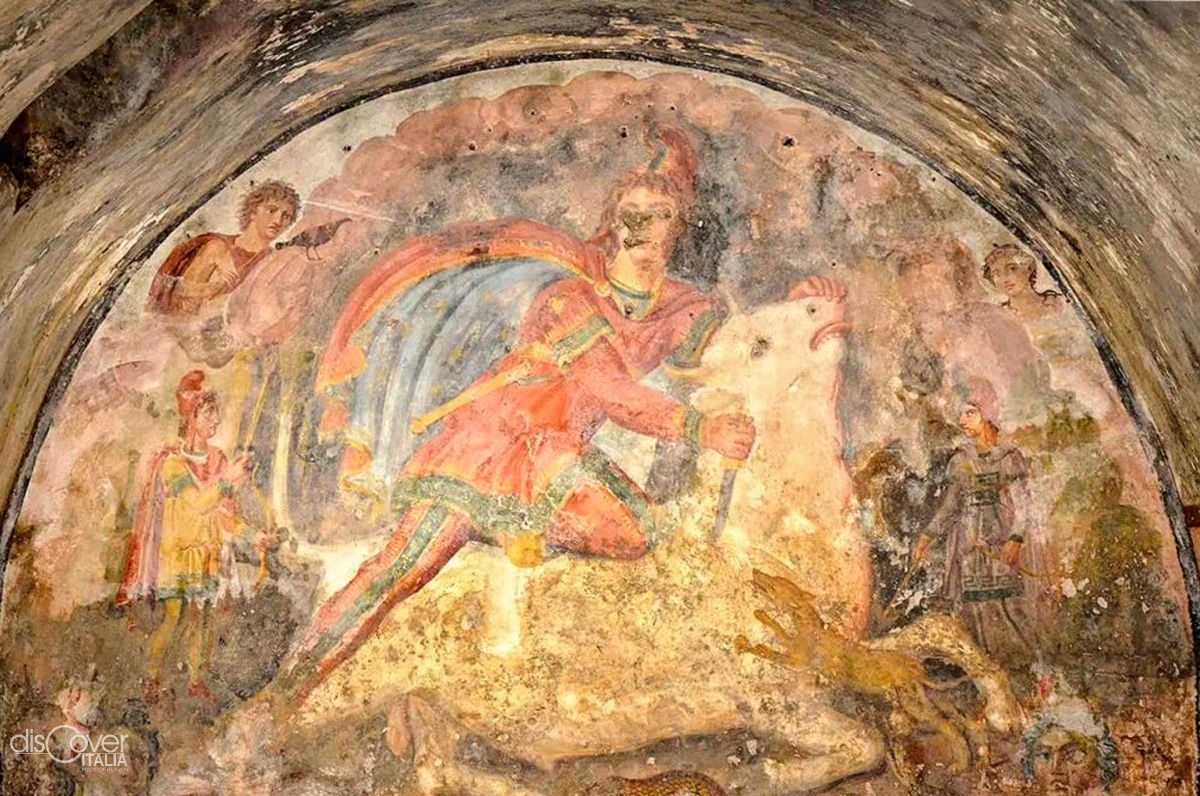
A century ago, in 1922, some construction workers were intent on excavating the foundation for a new building in an area not far from the famous amphitheatre of Capua.
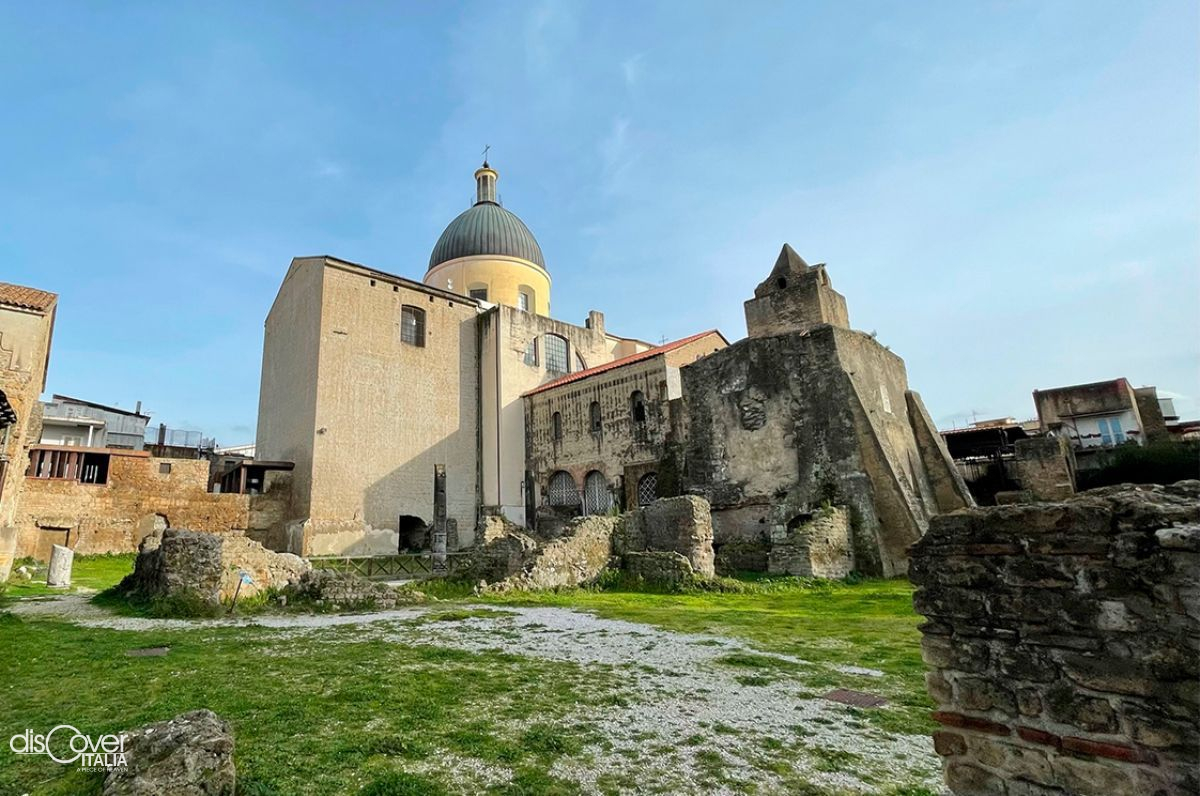
An extraordinary concentration, stratification, interpenetration of sacred buildings. Thirteen sacred buildings, seven of which can be identified as basilicas.
Until 1980 they were picturesque stone paths between the houses of a lively and populated village. For less then twenty years, these paths identified the location of ancient ruins, protected by a historical-archaeological park open to visitors.
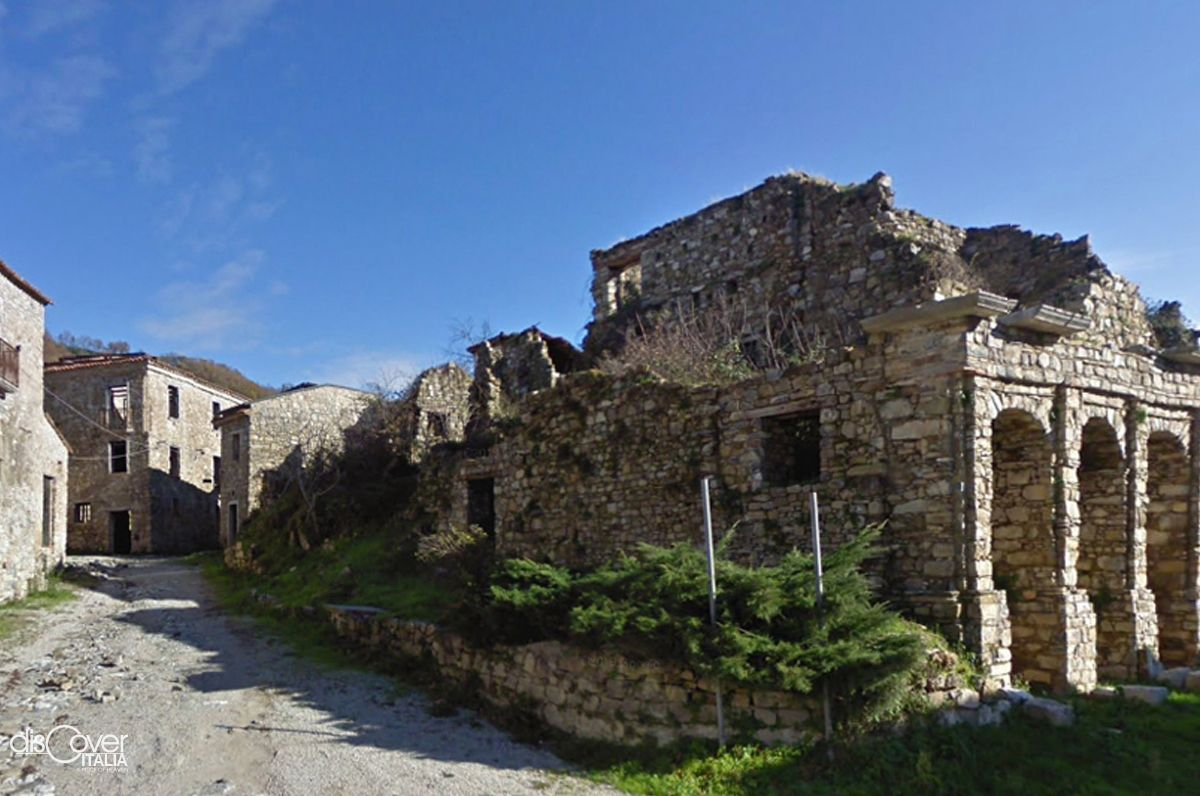
It is the path 518 of the National Park of Cilento, Aburni and Vallo di Diano, the ancient Casiliccio path, that connects Old Roscigno immersed in its lethargic sleep to New Roscigno where life flows.
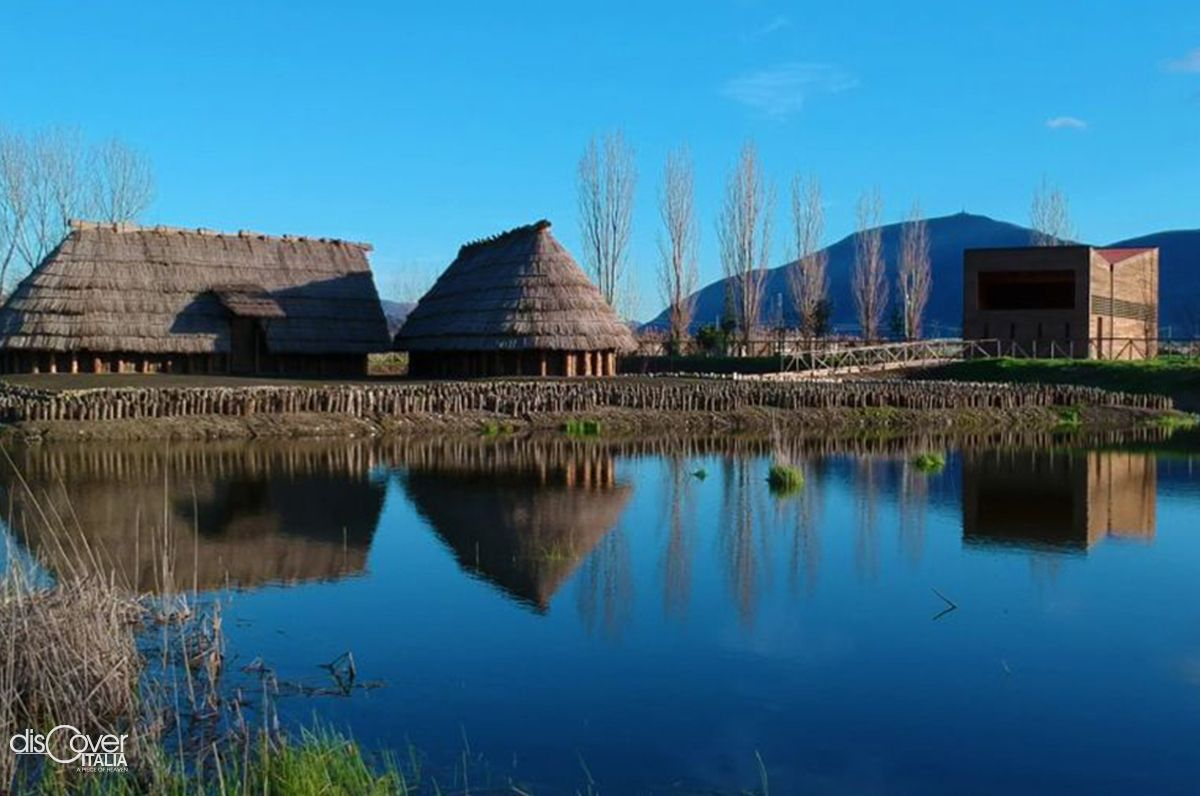
Until a few decades ago, characteristic wooden boats, used for fishing and cane harvesting, plied the waters of the Sarno river.
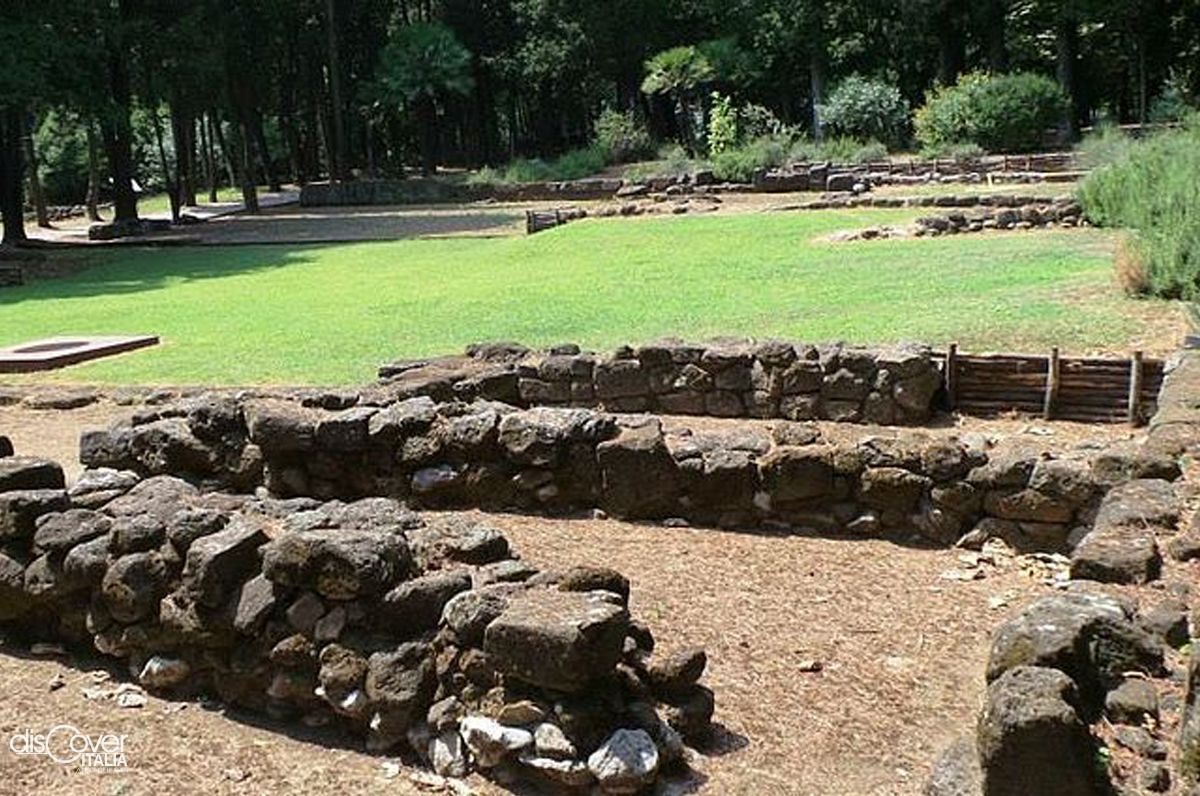
They had followed the course of the Irno, until they approached the place where it meets the sea.
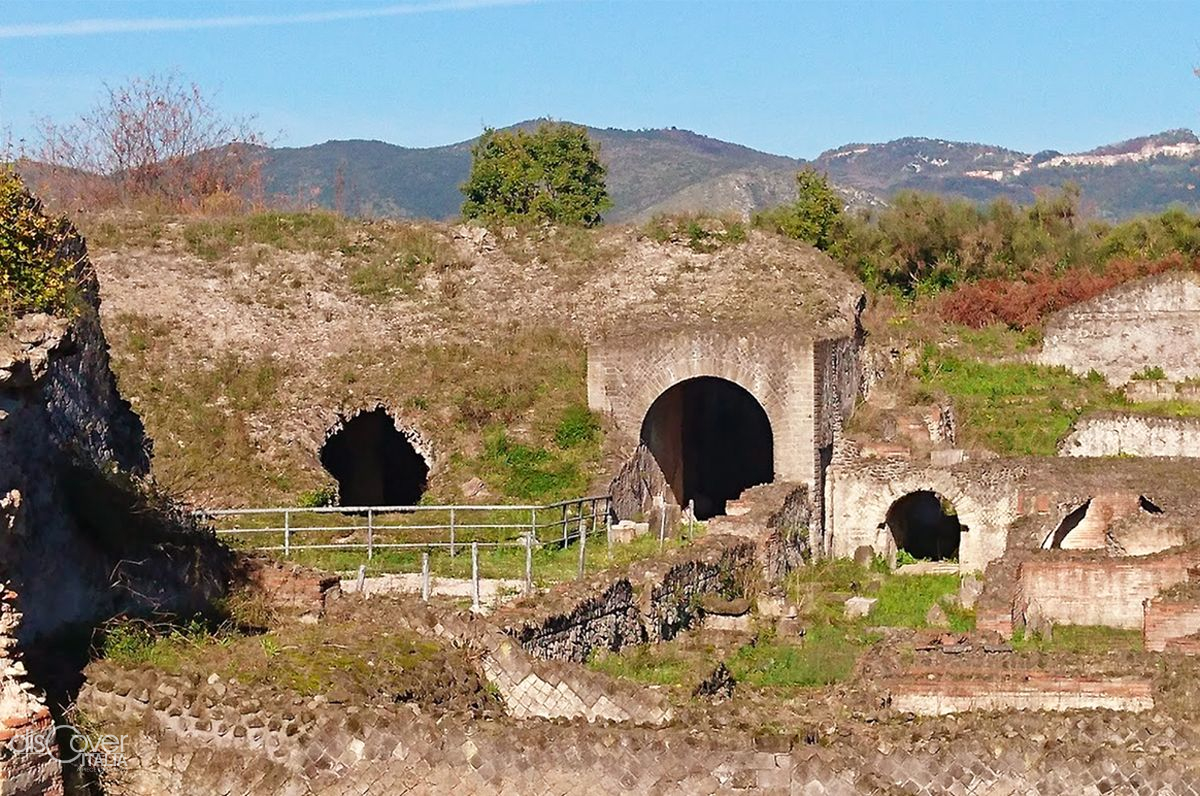
The ancient Cales is located near Calvi Risorta, founded by the Ausoni or Aurunci and their capital, then sung by Latin poets and mentioned by Cicero for its wine production already of excellence at that time, as we say today.
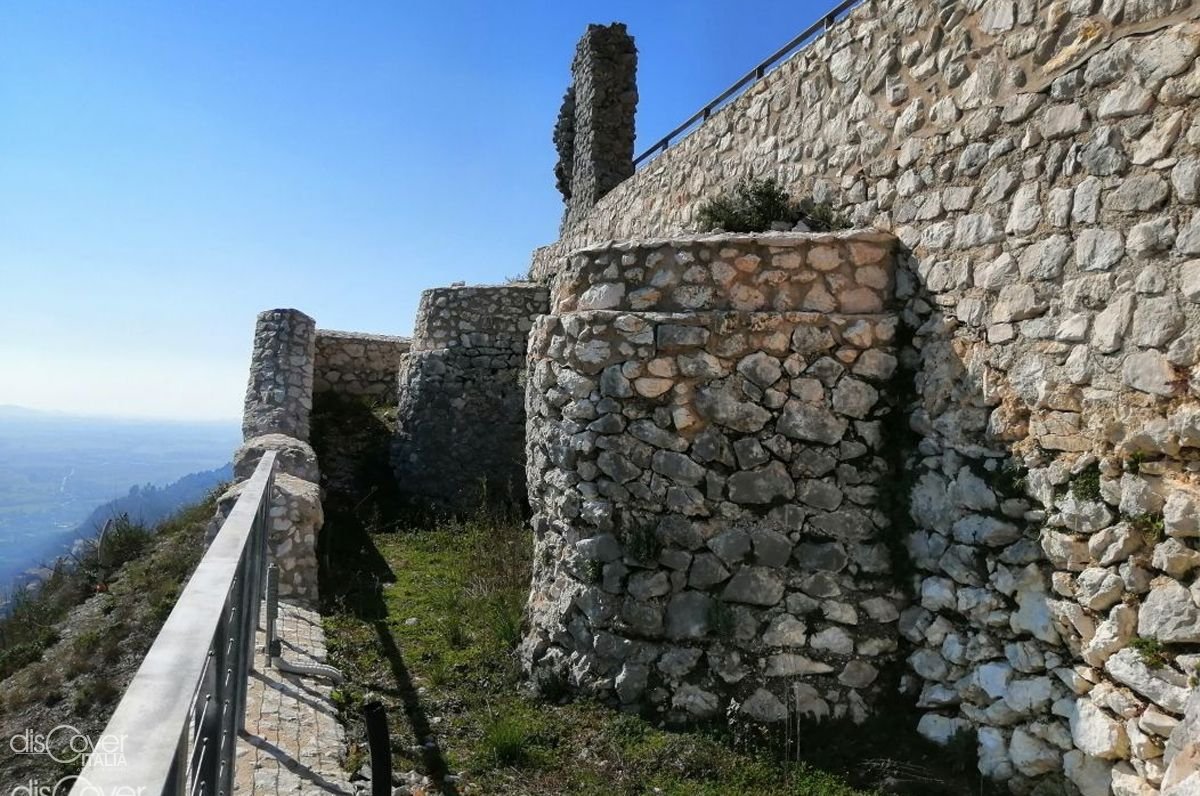
The pre-Roman megalithic walls were originally known to be from the hamlet of S. Eramo, in the territory of Pietravairano.
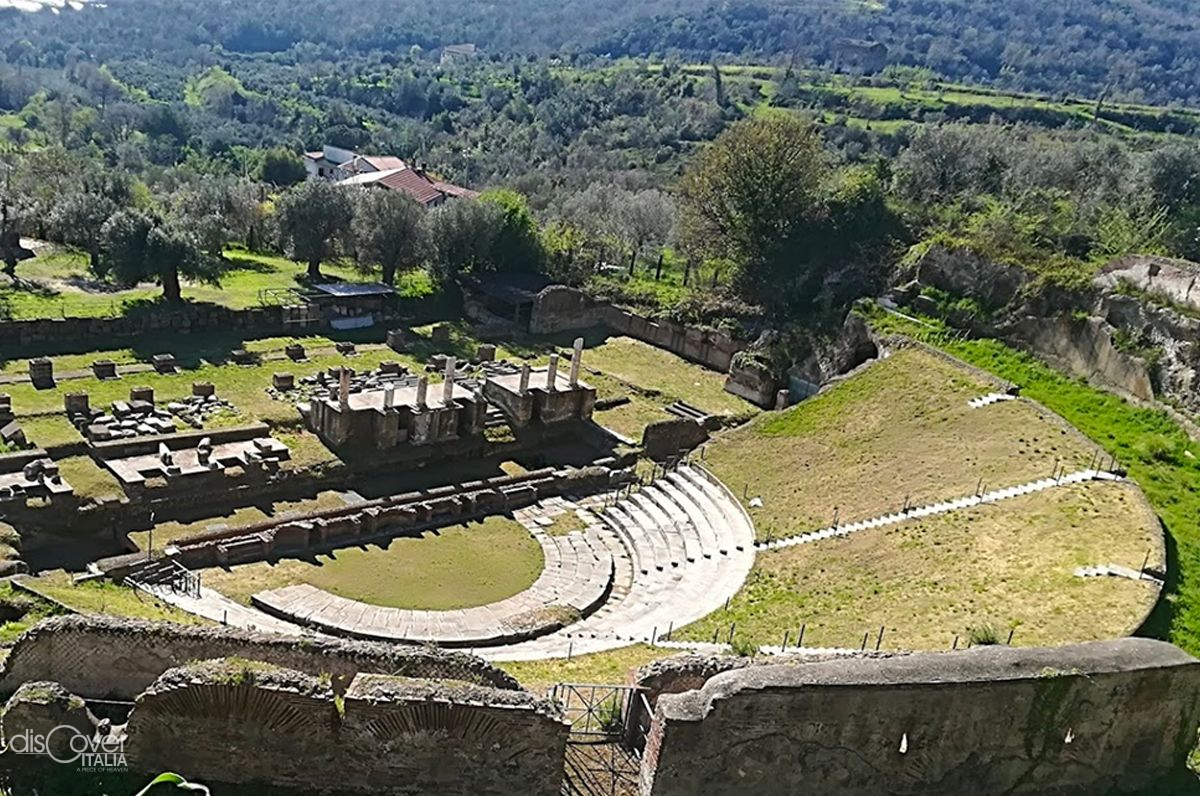
The recovery began a century ago, with the first excavations in the area of the ancient theater of Suessa, a powerful center of the Aurunca Pentapolis whose first evidence dates back to the 8th century BC.
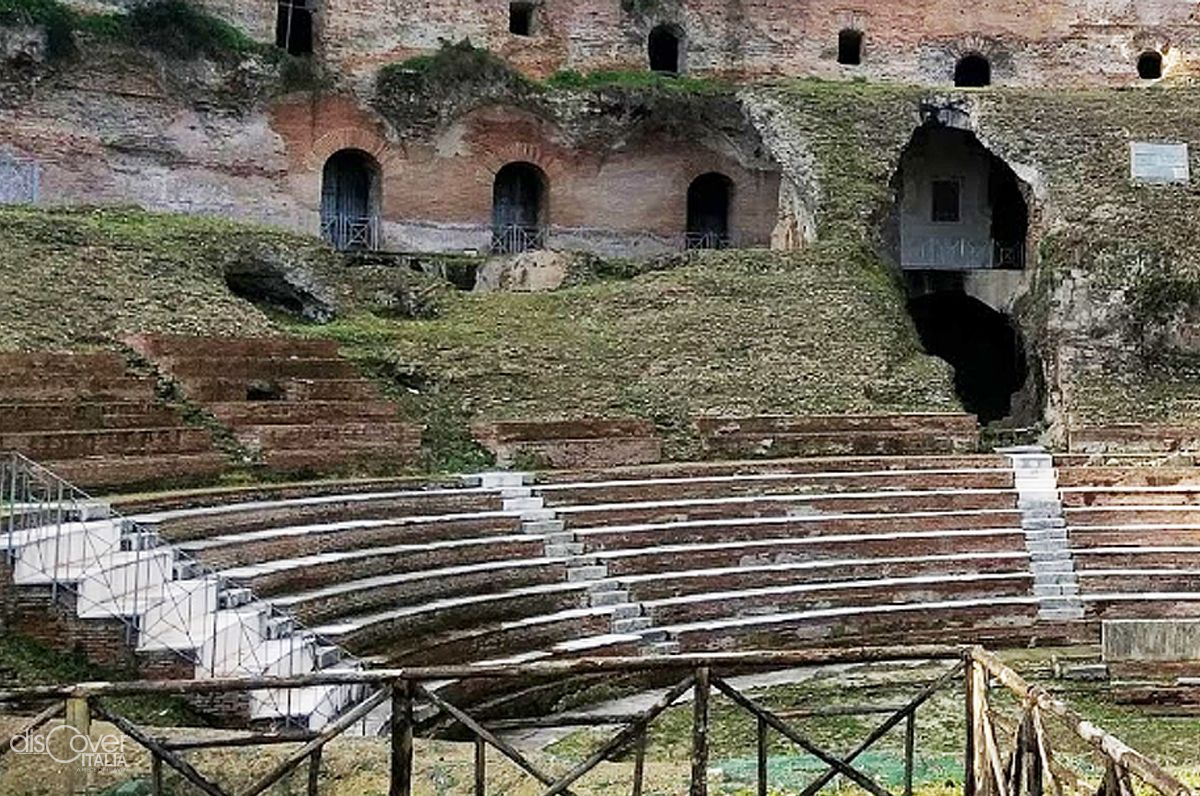
The path towards the town of Teano crossed lands with the remains of ancient buildings barely visible among brambles and wild herbs. For those presences, the entire area was known as "the Caves" and a chapel dedicated to the Madonna had been erected there.
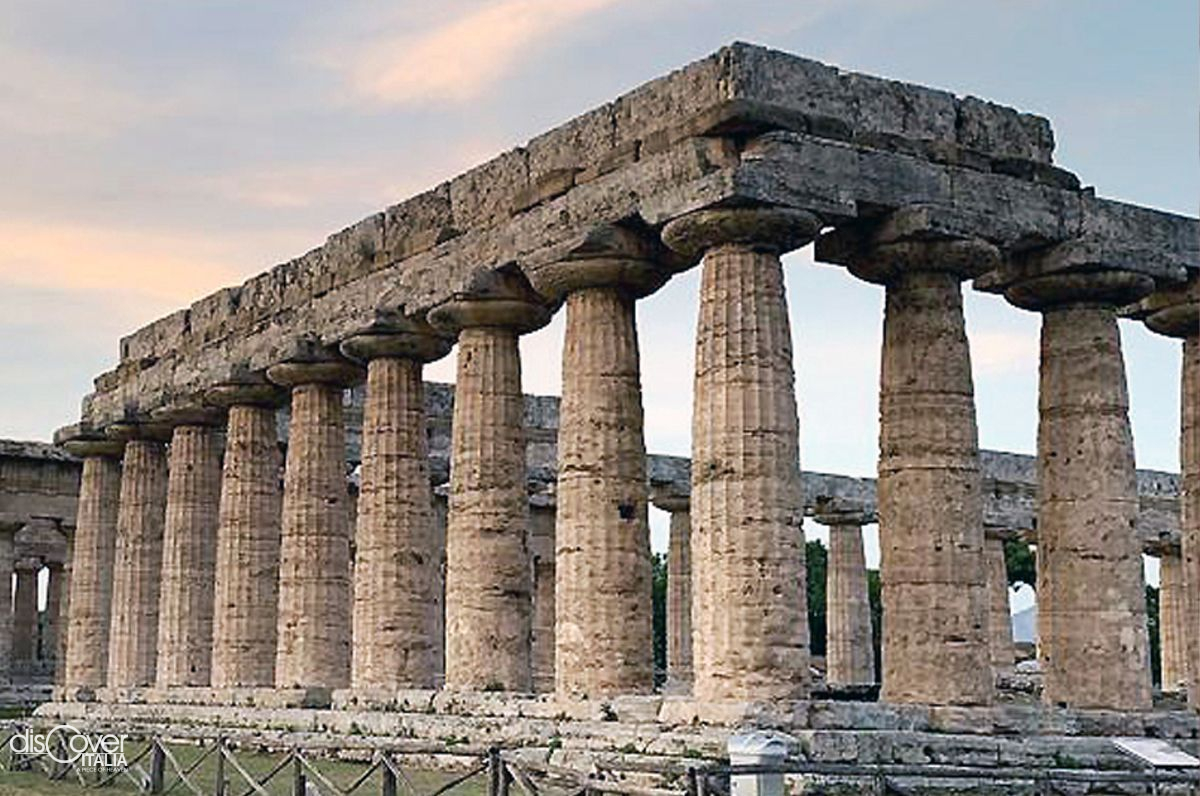
According to Strabone, it was Jason, after having conquered the golden fleece, to stop with the Argonauts at the mouth of Sele and to dedicate a sanctuary to the goddess Hera.
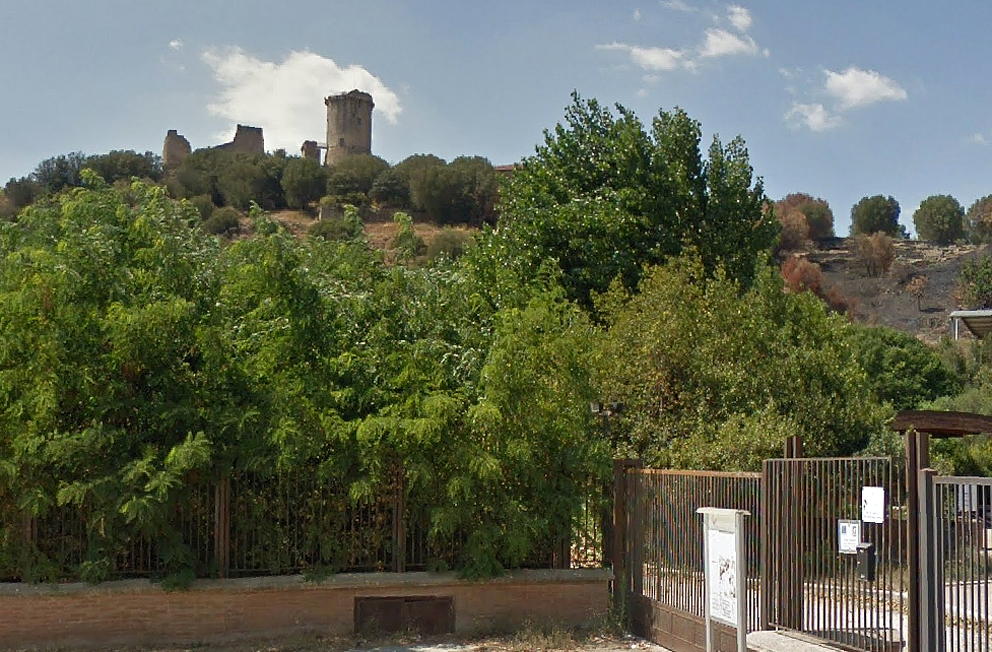
A promontory on the sea with a nearby source of fresh water: for the Greeks it was the ideal condition for a new settlement. And between Punta Licosa and Capo Palinuro they found Focei settlers, fleeing after the defeat suffered in the naval battle of Alalia by an Etruscan-Carthaginian coalition.
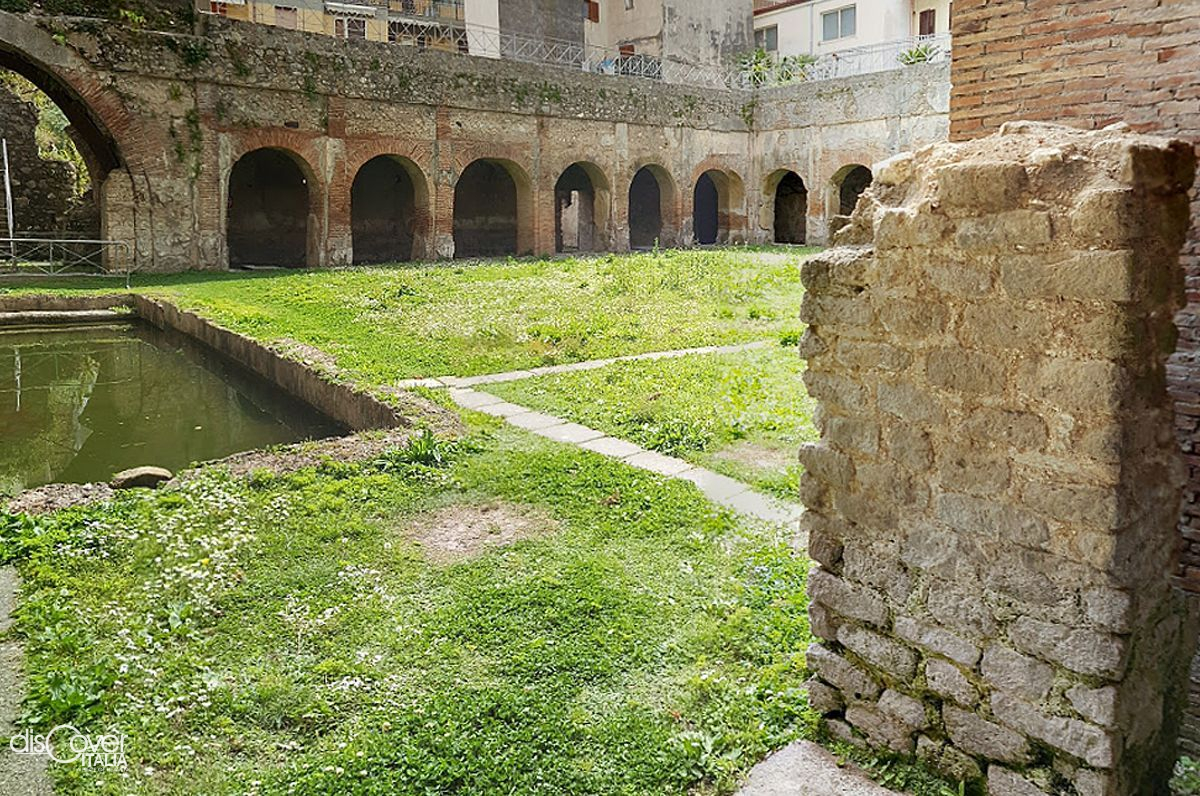
It was the first century AD, between 30 and 60, when a rich and cultured character of imperial Rome, perhaps a senator, built his large seaside villa in the place that would have taken the name of Rheginna Minor from the stream, which became simply Minori very time later, with the Swabian domination.
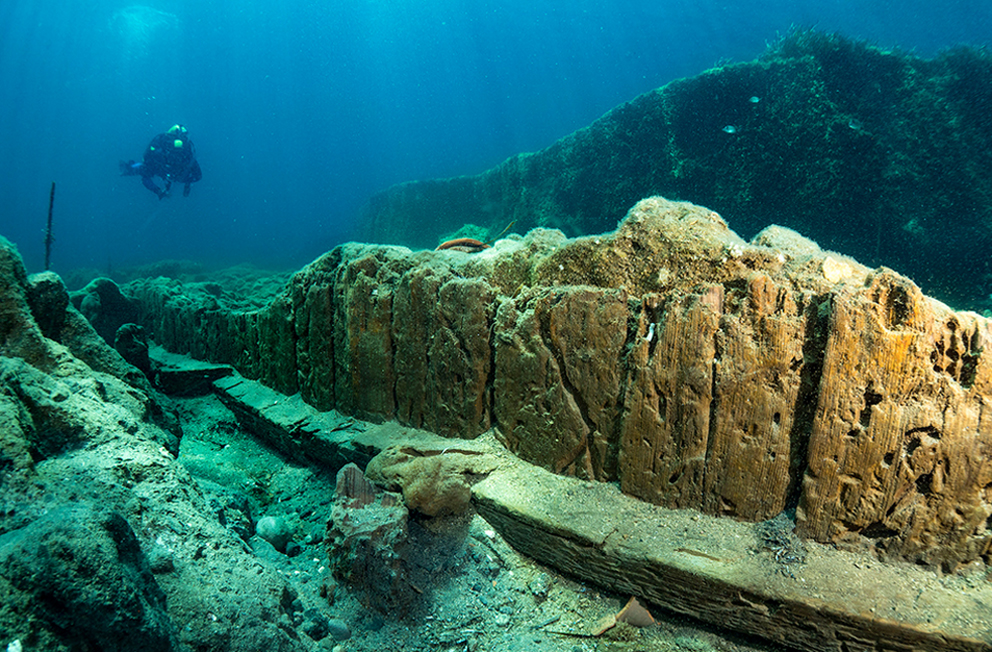
For nineteen centuries, Aenaria had been only a legend. In the bay dominated by the Aragonese Castle, no one had never found traces of the mythical Roman city which had transmitted its name to the entire island.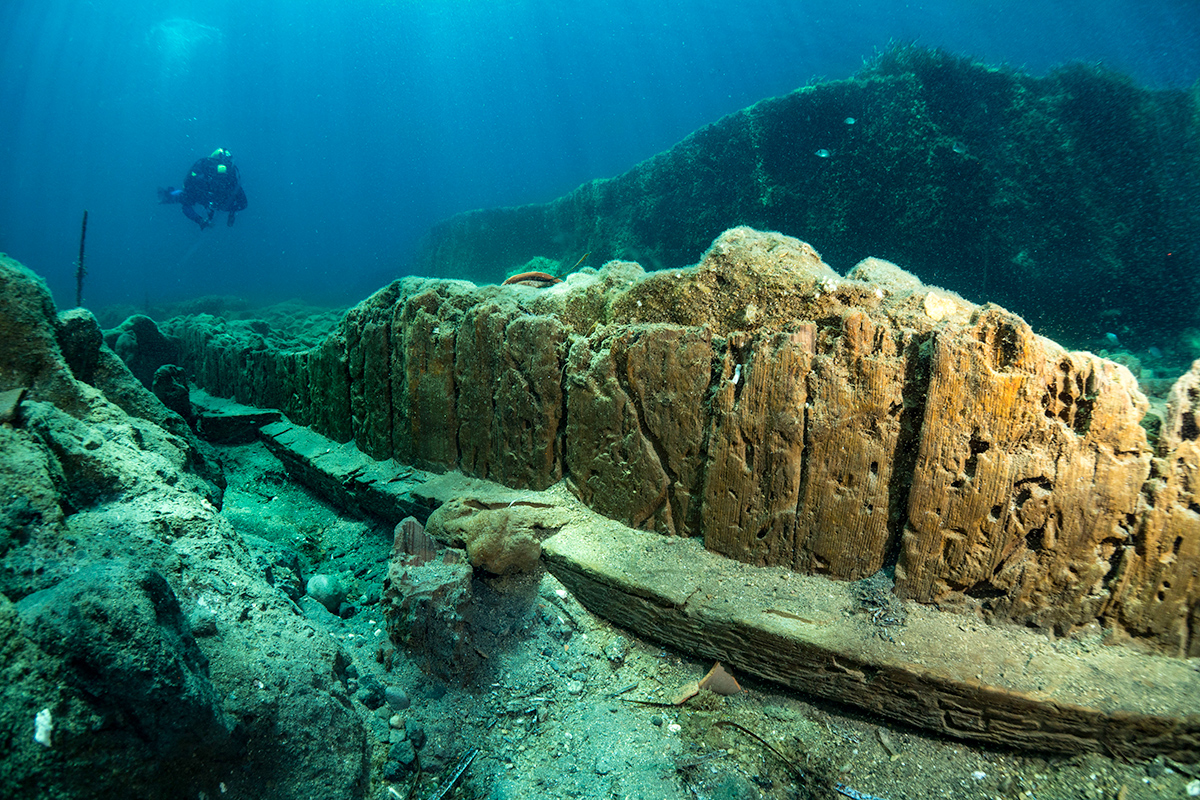 Until the summer of 1973, when two friends, during a dive in the
Until the summer of 1973, when two friends, during a dive in the
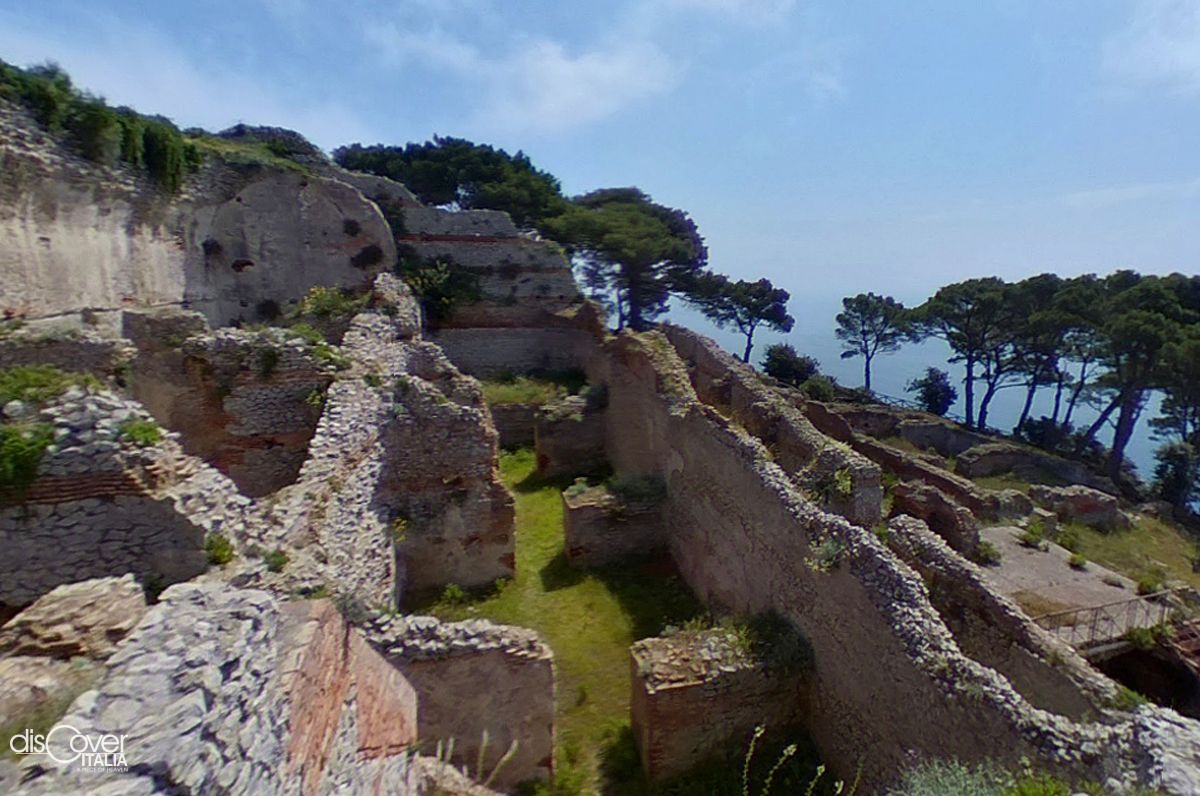
Dedicated to Jupiter, the Villa Jovis of the emperor Tiberius is the first of the twelve Roman villas on the island.
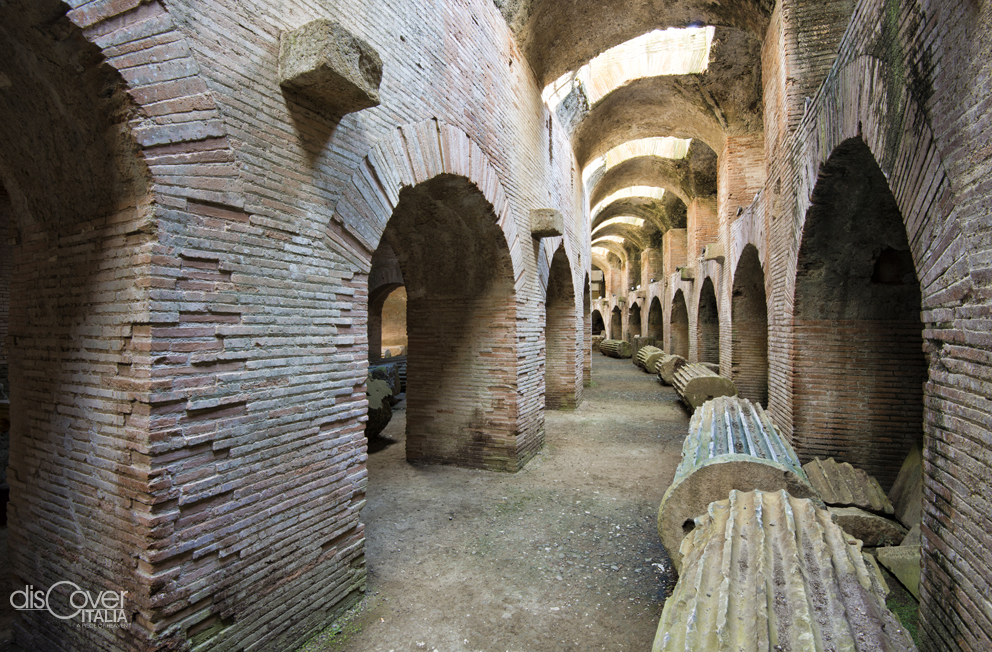
The Flavio Amphitheatre, which has the same name as the eternal city, it is the third largest after the Coliseum in Rome and the one of Maria Capua Vetere, in Capua.
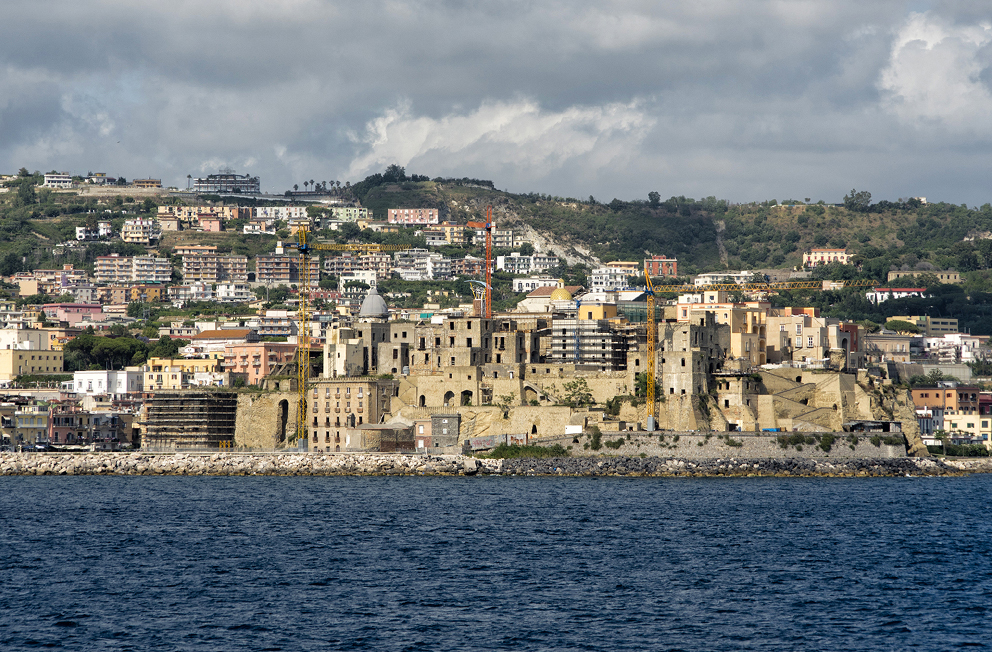
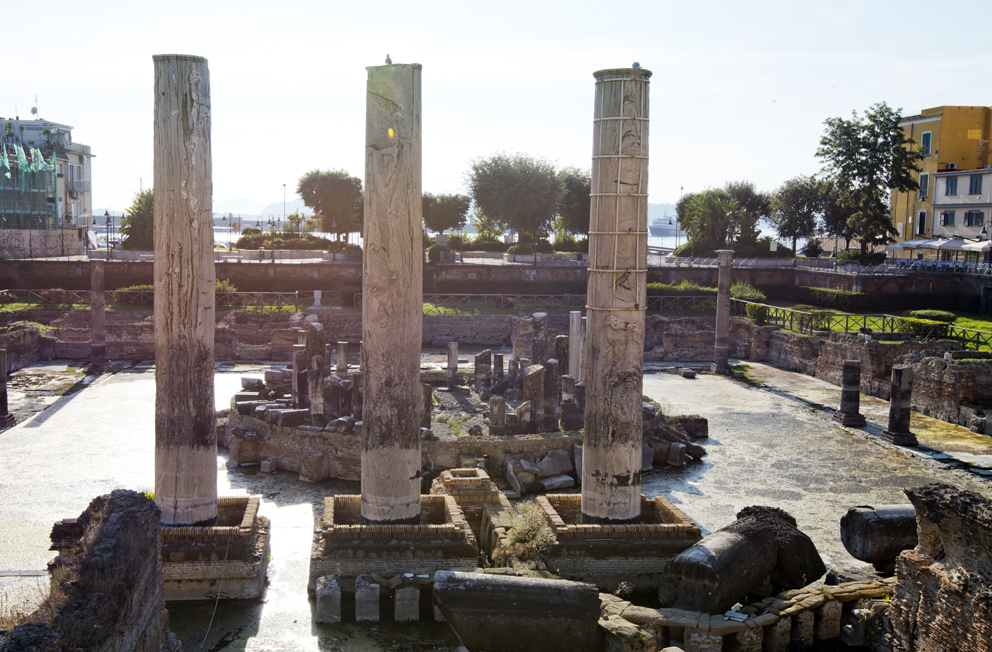
The most singular monument of Pozzuoli is the macellum, or the public market, better known as the Temple of Serapis for the discovery of the statue of the Greek-Egyptian god seated on a throne with the calathos on his head, a basket, symbol of abundance and fertility.
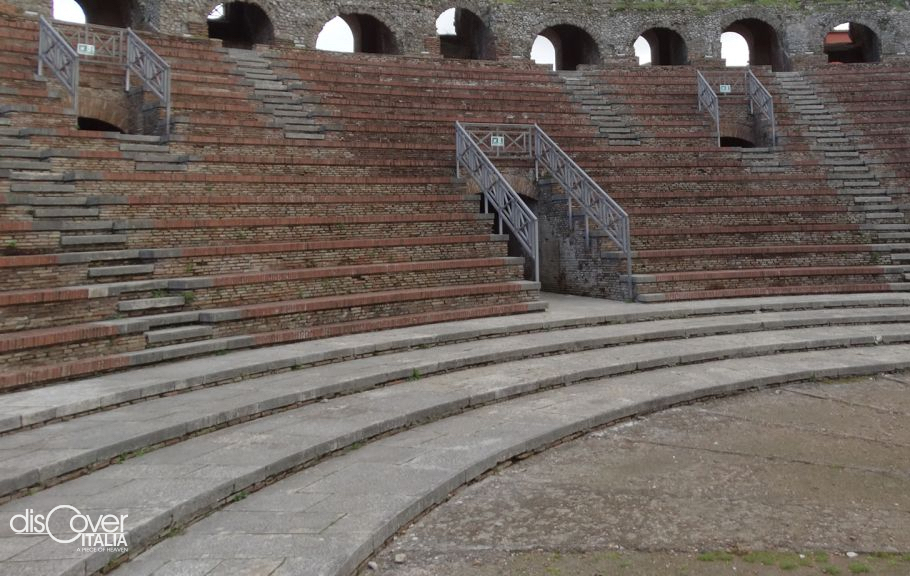
The huge Roman theater of the Sannio's capital, could accommodate up to ten thousand spectators when it was in use. Built under Hadrian, near the city cardo maximum and inaugurated in 126 AD, as one of the two stones at the entrance to the scene recalls, while the other celebrates the expansion wanted by Caracalla between 200 and 210. A majestic theater matching the importance of Benevento. With a diameter of 98 meters, built in
...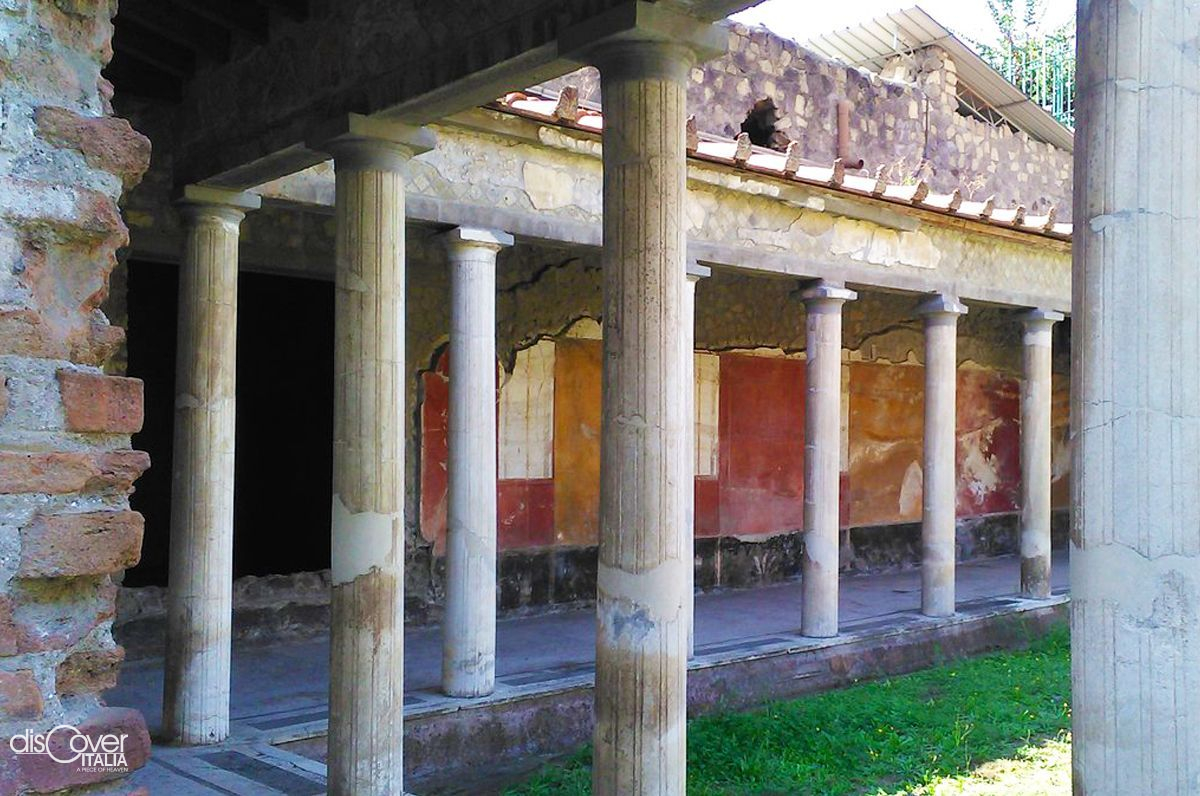

A casual discovery, like most of those that since the 18th century have returned the archaeological treasures in the shadow of Vesuvius.
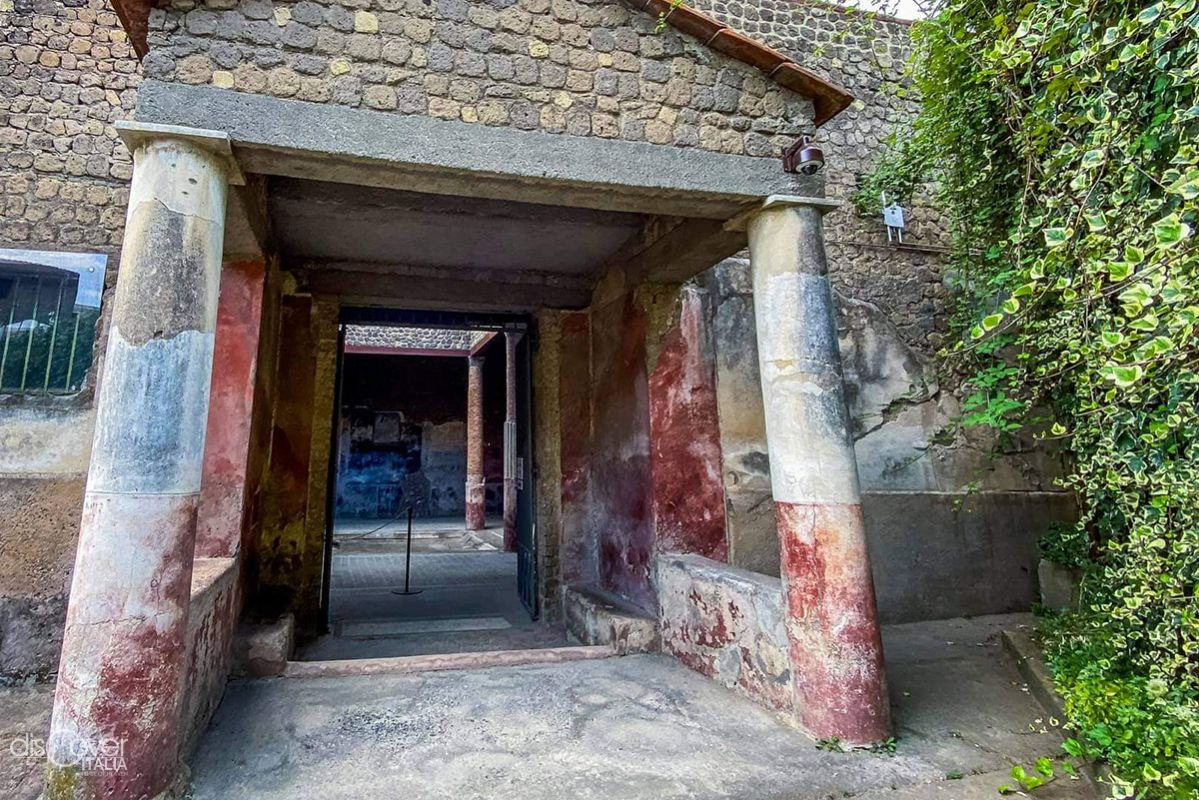
The myth connects the origin of the city to Hercules. But it was the Osci, who settled on that stretch of coast of the wide gulf in the eighth century BC, who fixed the name of Stabia in an inscription for the first time.
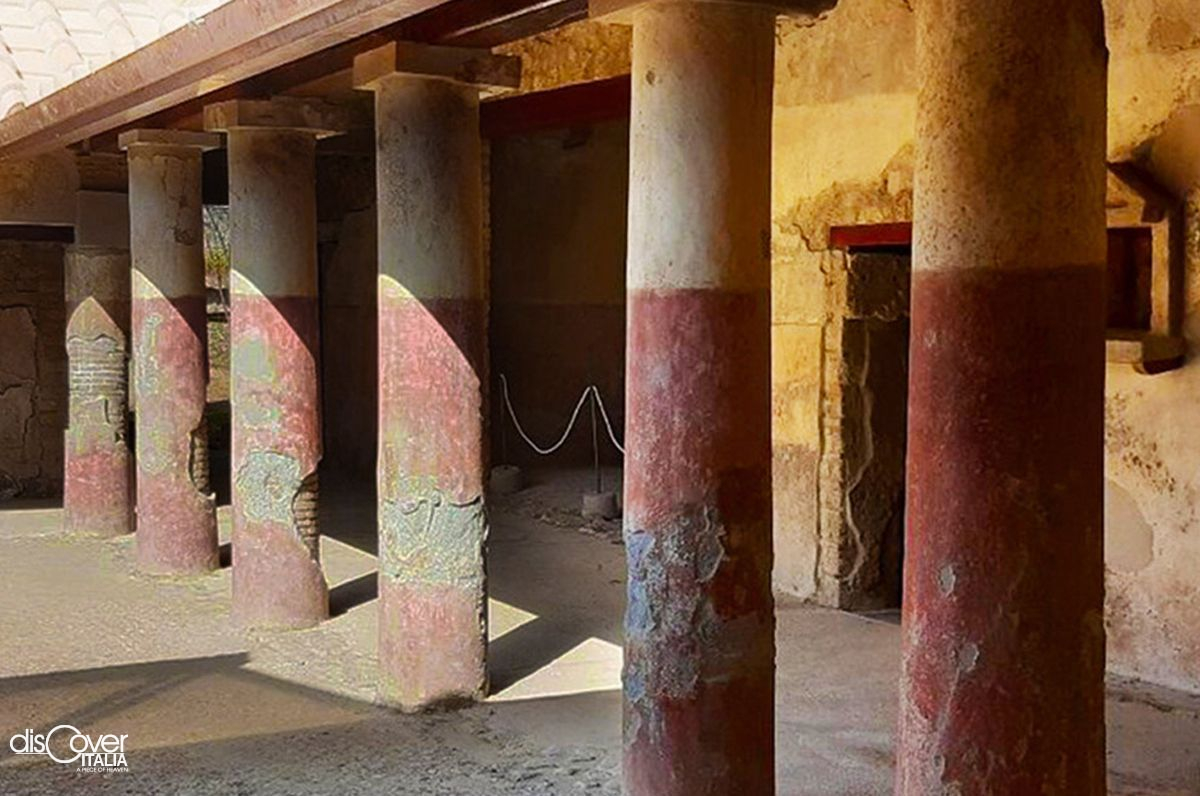
For centuries they have embellished the collections of museums in half Europe and across the Atlantic. Discoveries, revealed to the world, stripped of their most valuable content and then, almost always, returned to the earth and oblivion.
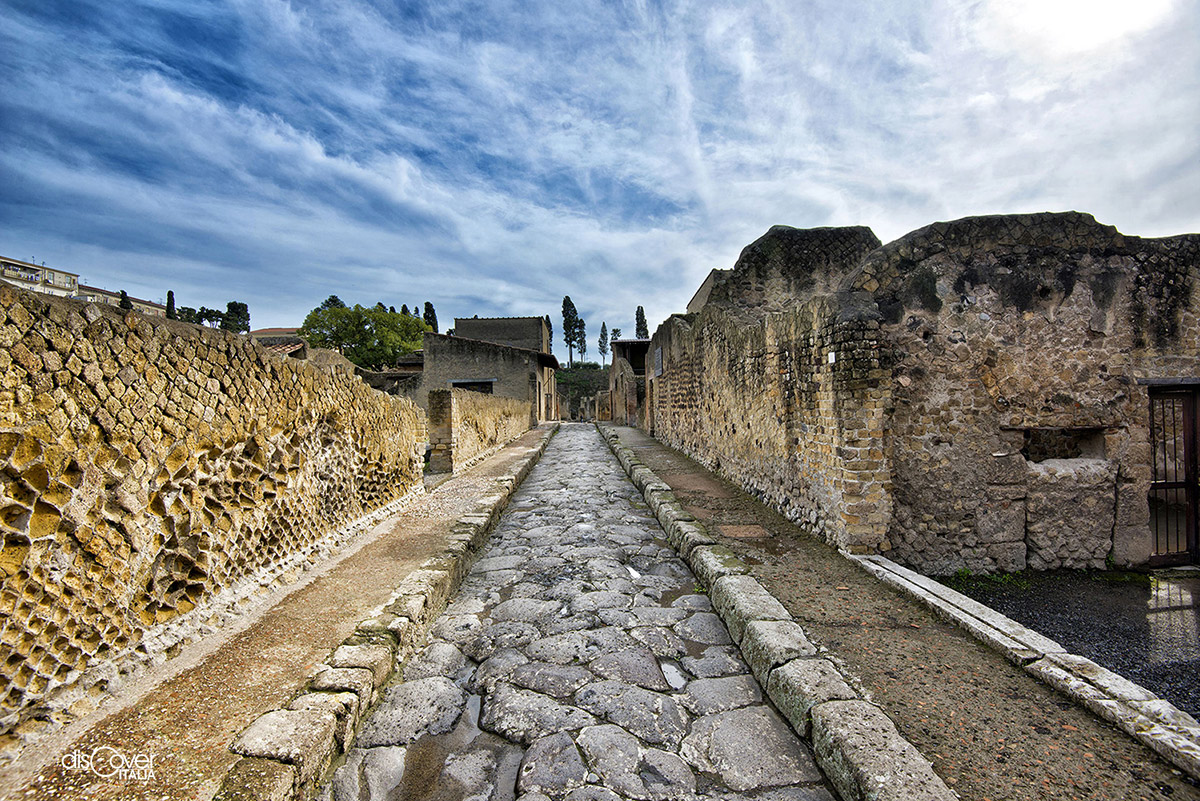
 The excavations searching for the ancient Herculaneum buried by the eruption of 79 AD were started in 1738, but the fame of the city emerging from the mud was soon supplanted by that of Pompeii which is just about 20 kilometers away.
The excavations searching for the ancient Herculaneum buried by the eruption of 79 AD were started in 1738, but the fame of the city emerging from the mud was soon supplanted by that of Pompeii which is just about 20 kilometers away.
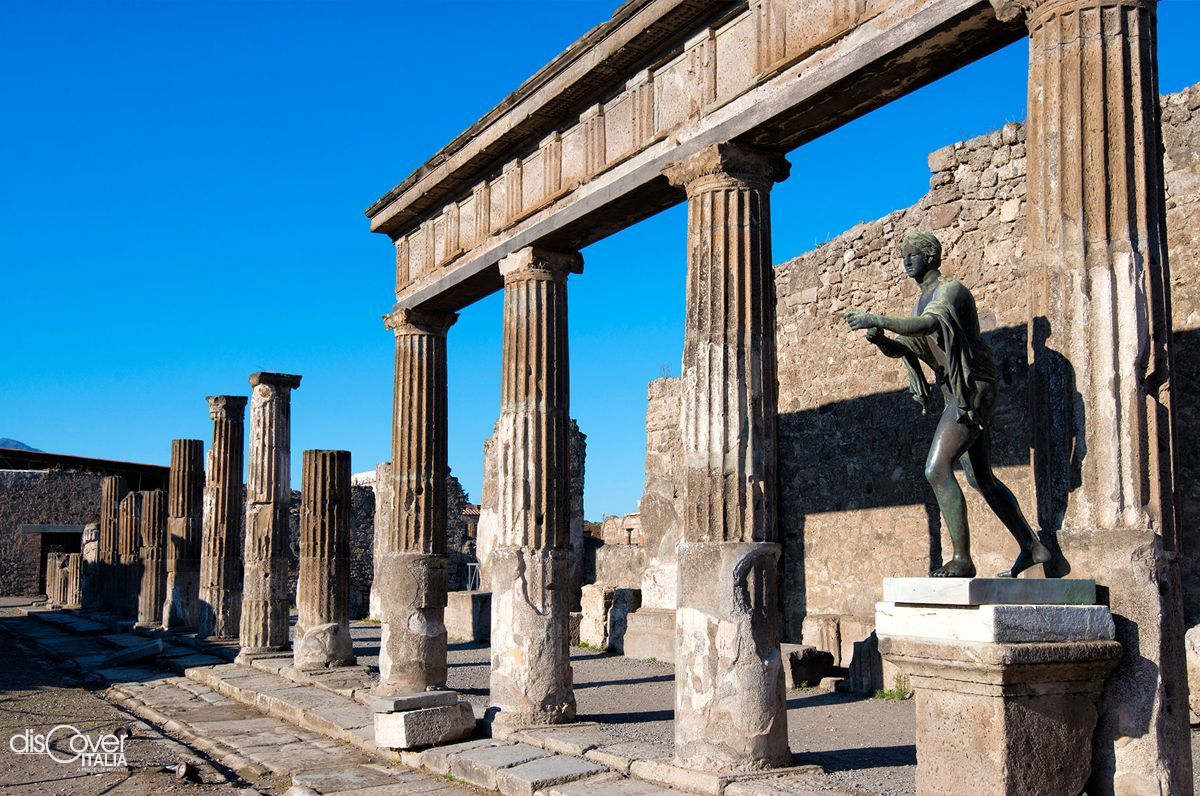
 Pompeii stands on a plateau 30 meters above sea level and at a short distance from the mouth of the Sarno river. The fortune of the city was in fact linked to its position next to the sea, that made it a port for every centre of the Campania hinterland, in competition with the Greek cities of the coast.
Pompeii stands on a plateau 30 meters above sea level and at a short distance from the mouth of the Sarno river. The fortune of the city was in fact linked to its position next to the sea, that made it a port for every centre of the Campania hinterland, in competition with the Greek cities of the coast.
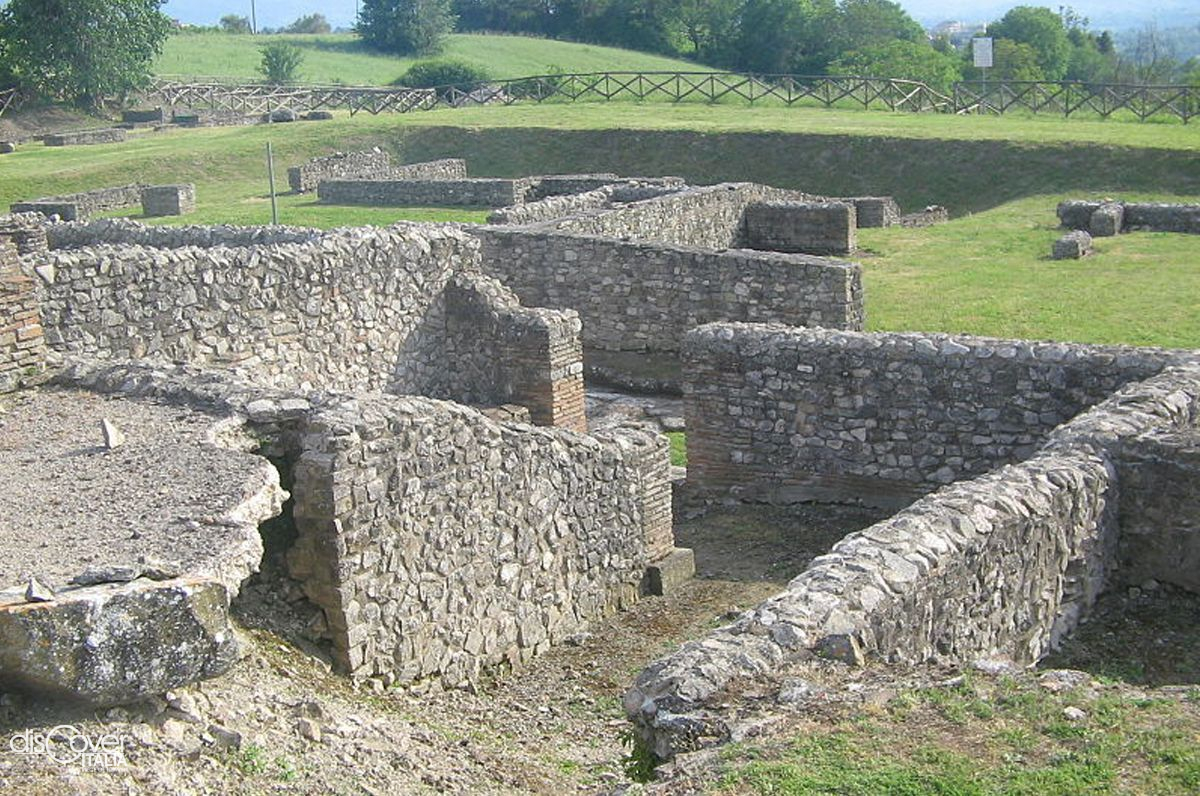
On a hilly ridge between the Calore and Ufita valleys, Mirabella takes its second name from the ancient Aeclanum, whose site is in the Passo di Mirabella hamlet.
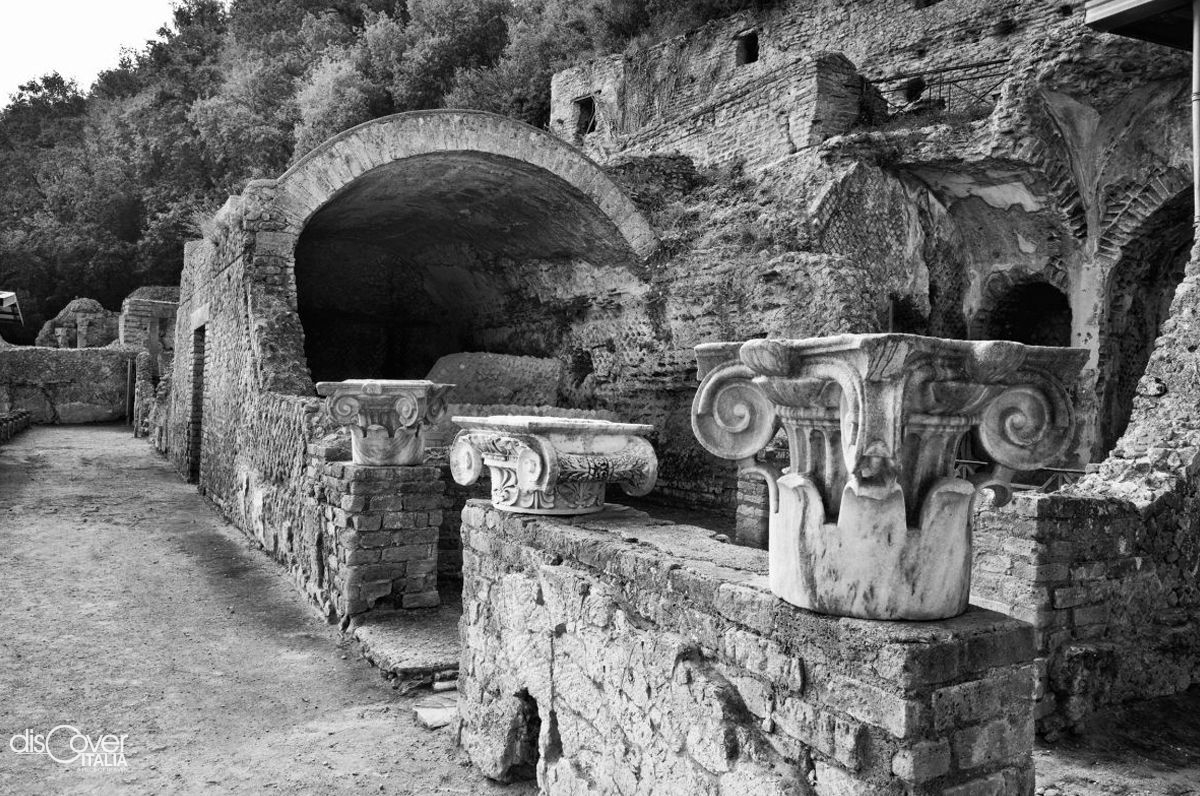
Regarding the origins of the city, the most conformed hypothesis is that it was founded around the 8th century b.C by the habitants of the nearby Pithekoussai (Ischia) coming from the Euboea cities of Chalcis and Eretria. In a very short time, it became a flourishing and powerful city, and it extended its influence on the phlegraean and Parthenopean gulf.
Copyright © 2025 - All rights reserved. Any type of reproduction, even partial, without permission is strictly forbidden.
